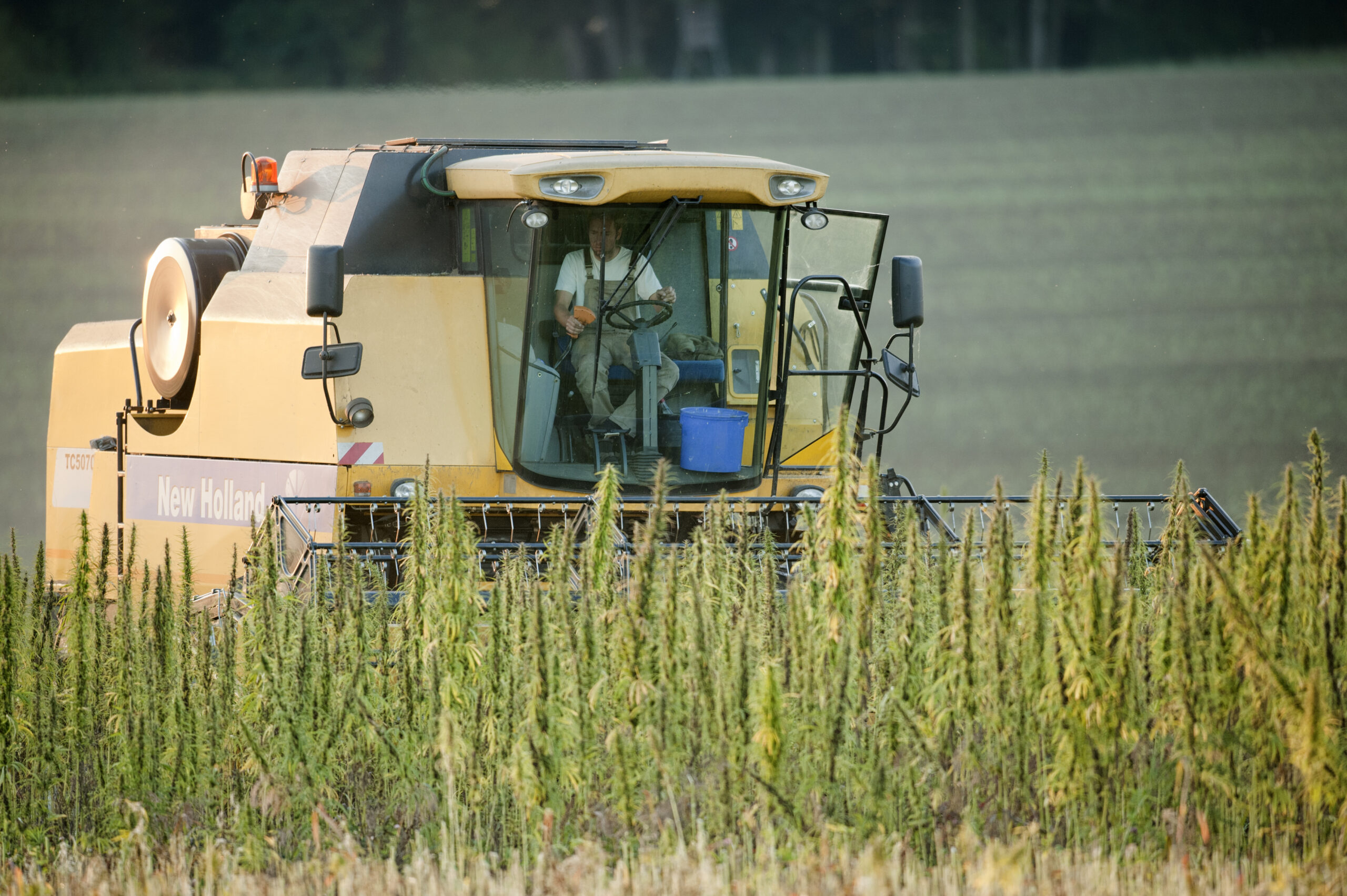
In the past year, industrial hemp production in the United States has undergone a remarkable transformation, bolstered by innovative practices that prioritise sustainability and carbon reduction. Central to this shift is the concept of “carbon sequential” farming, paired with “credit generation.” As the interest from investors and government funding initiatives surges, hemp impact farming is poised to redefine sustainable agriculture in the USA.
The hemp industry in the USA has experienced a renaissance since the passing of the 2018 Farm Bill, which legalised hemp at the federal level. This legal framework paved the way for the cultivation of industrial hemp, heralding a multitude of applications in textiles, biofuels, and wellness products.
Yet, what sets the latest wave of industrial hemp farming apart is a collective commitment to environmental stewardship. The innovative strategies of carbon sequential farming and credit generation have become emblematic of this transformative movement.
Carbon sequential farming represents a paradigm shift in agricultural practice. Unlike traditional crop rotations that can be carbon-intensive, this approach revolves around the perpetual cultivation and harvesting of hemp crops, throughout the year. The rapid growth and extensive root systems of hemp make it an exemplary carbon sink, effectively sequestering carbon dioxide from the atmosphere.
This continuous planting and harvesting cycle not only reduces the carbon footprint but also propels hemp fields towards carbon negativity. Hemp emerges as a champion in mitigating the effects of climate change, positioning itself as a staple in the sustainable agriculture landscape.
As the United States embraces carbon neutrality and sustainability, the hemp industry is at the forefront of this transformative movement. By adopting carbon sequential farming practices, hemp farmers are contributing significantly to carbon capture and emissions reduction. This, in turn, opens avenues for the generation of carbon credits, which are tradable certificates rewarded to entities that effectively reduce greenhouse gas emissions or sequester carbon.
Hemp-based carbon credits hold immense promise in both economic and environmental terms. These credits can be traded in regional and national carbon markets, offering an additional stream of revenue for farmers. The financial benefits bolster the economic sustainability of hemp farming operations, while the environmental benefits align with broader global trends of sustainable agriculture and carbon offsetting.
Over the past year, the surge of interest from investors and government funding initiatives has marked a turning point in the hemp-impact farming sector. Investors recognise the incredible potential for sustainable, carbon-negative agriculture in industrial hemp. The appeal of carbon credits as a tangible asset class is drawing significant attention from financial stakeholders.
Government funding initiatives, too, have thrown their weight behind sustainable agriculture and carbon reduction. Programs designed to support carbon sequential farming and credit generation are encouraging innovation, job creation, and environmental progress. These initiatives reflect a proactive approach by the government to align with global sustainability goals.
The past year has been a watershed moment for industrial hemp impact farming in the United States. Carbon sequential farming and credit generation have redefined the potential of this resilient plant and its role in sustainable agriculture. With robust interest from investors and support from government funding initiatives, hemp farming is not only here to stay but also to lead the green revolution in American agriculture. This transformative shift represents a triumph of economic viability and environmental conservation in an increasingly green-focused world.

Stay In Touch